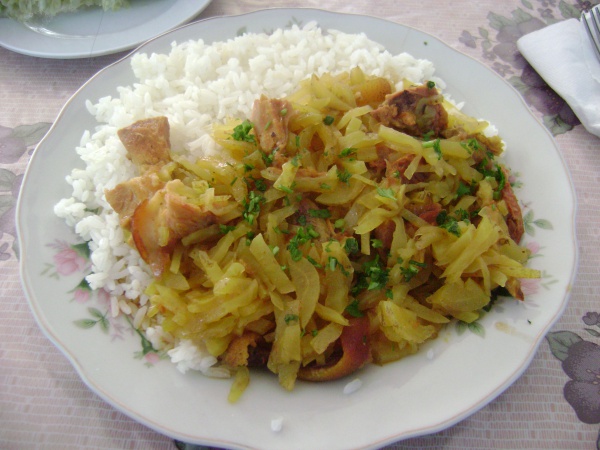Facts About Olluquito
Olluquito, olluquito con carne, and olluquito con ch'arki are revered dishes in Peruvian cuisine that highlight ulluku, a versatile root vegetable. Ulluku, which has both edible leaves and tubers, occupies a significant place in the Andean region of South America, second only to the potato in importance. The leaves of ulluku resemble spinach, while the tuber has a texture similar to that of a potato or jicama. Additionally, ulluku is rich in protein, calcium, and carotene.
Long before Europeans arrived in South America, the Incas were already enjoying ulluku, which they also referred to as papalisa. In the Andean highlands, locals mastered the art of preserving meat through a method called ch'arki, which involves salting and dehydrating. Interesting fact: the English word "jerky" is derived from this Quechua term. Traditional olluquito dishes feature finely diced ulluku mixed with pieces of ch'arki. While the original recipes used alpaca or llama meat, modern versions often include lamb. These hearty dishes are usually served with a side of white rice.
One of the reasons ulluku is so special is its crisp texture, which it retains even after cooking. However, due to its high water content, ulluku isn't ideal for frying or baking. Instead, it's perfect for boiling, steaming, or simmering, much like potatoes. In its pickled form, ulluku adds a delightful crunch to spicy sauces. Beyond Peru, ulluku is also incorporated into Colombian cuisine, especially in dishes like cocido boyacense, where it is often paired with mashua.

 Ecuador
Ecuador